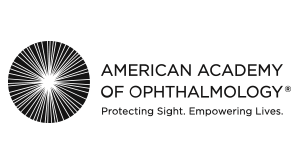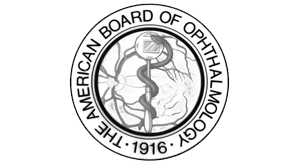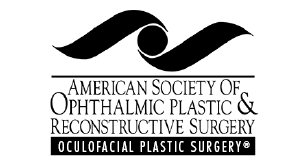Droopy Eyelid and Brow


Droopy eyelids can cause both cosmetic and vision issues. It can make it hard to keep your eyes open, make you look sleepy, and potentially interfere with your vision.
We use a customized approach to assessing your droopy upper eyelids via a complete eye exam. This complete eye exam includes assessing your eyelid muscle function, skin height, and brow position. Your treatment goals will depend on whether your primary issue is cosmetic or functional (i.e., vision is affected).
Ptosis (said, “toe-sis”) occurs when the lifting muscle of the eyelid, the levator muscle, becomes detached from its attachment within the eyelid or when it becomes weakened or loose and causes the eyelid at the lash line to droop.
This can happen due to natural aging, trauma, continued contact lens use with stretching of the eyelid, or can be congenital. It can happen in one or both eyelids. When the eyelid droops so low that it bisects the pupil, vision will be impaired.
People with ptosis will often try to crank their eyebrows up in order to see better, but this often will not help. Sometimes, people will develop a chin lift position in order to see better. While there are some eye drops that can help lift the eyelids by one to two millimeters, this is a very temporary solution. Ultimately, in order to lift the eyelids definitively, a surgical repair is required. This can be performed from the backside of the eyelid or from the skin surface of the eyelid. An in-clinic evaluation will determine which is the ideal approach for each individual.
Watch the Ptosis Repair Video from the American Academy of Ophthalmology.
Upper eyelid dermatochalasis is a condition characterized by the presence of redundant, sagging skin on the upper eyelids, often associated with the natural aging process.
As the skin loses its elasticity and the underlying soft tissue diminishes in volume, the eyelids appear droopy and puffy, leading to a tired or aged look. This excess skin can sometimes extend over the eyelashes and obstruct peripheral vision, particularly impacting activities like reading or driving.
While commonly occurring in older adults, dermatochalasis can also affect younger individuals due to genetic predisposition or lifestyle factors.
In addition to its aesthetic impact and causing diminished peripheral vision, the condition can cause discomfort, difficulty in wearing glasses or applying makeup, and even contribute to eye fatigue or strain.
Treatment typically involves a blepharoplasty, which is a surgical procedure that removes the excess skin and reshapes the eyelid area, restoring a more youthful and alert appearance and improving visual function in cases where the sagging skin obscures vision.
Brow ptosis is a condition characterized by the downward displacement or drooping of the eyebrows, often due to the natural aging process. As the skin loses its elasticity and the muscles weaken over time, the eyebrows descend from their usual position, potentially leading to a tired or sad facial expression.
This sagging can also contribute to the appearance of excess skin on the upper eyelids, sometimes mistaken for or exacerbating dermatochalasis. In some cases, brow ptosis may even impede peripheral vision, particularly in the upper visual fields. While commonly seen in older adults, it can also occur in younger individuals due to genetic factors, repeated facial expressions, or certain medical conditions. The condition’s impact is not just physical; it can also affect the individual’s self-esteem and social interactions, as facial expressions play a crucial role in non-verbal communication.
Brow ptosis is often addressed through various surgical procedures aimed at lifting and repositioning the eyebrows to a more youthful and aesthetically pleasing position.
The relationship between brow position and dermatochalasis is a critical aspect in the assessment and management of periorbital aging. Dermatochalasis refers to the excess, often droopy, skin on the upper eyelids, which can be mistaken for or exacerbated by brow ptosis (drooping of the eyebrows).
As the brow descends with age or due to muscle weakness, it can contribute to the appearance of increased upper eyelid skin. This interplay often leads to a misdiagnosis of dermatochalasis when the primary issue is actually a low brow position. Conversely, true dermatochalasis can be accentuated by a lowered brow, complicating the clinical picture. This relationship is crucial in evaluating patients for eyelid surgery, as addressing only the excess eyelid skin without considering the brow position may lead to suboptimal cosmetic and functional results. Hence, a comprehensive approach that assesses and potentially treats both brow position and eyelid skin redundancy is essential for achieving a balanced and aesthetically pleasing rejuvenation of the upper face.







